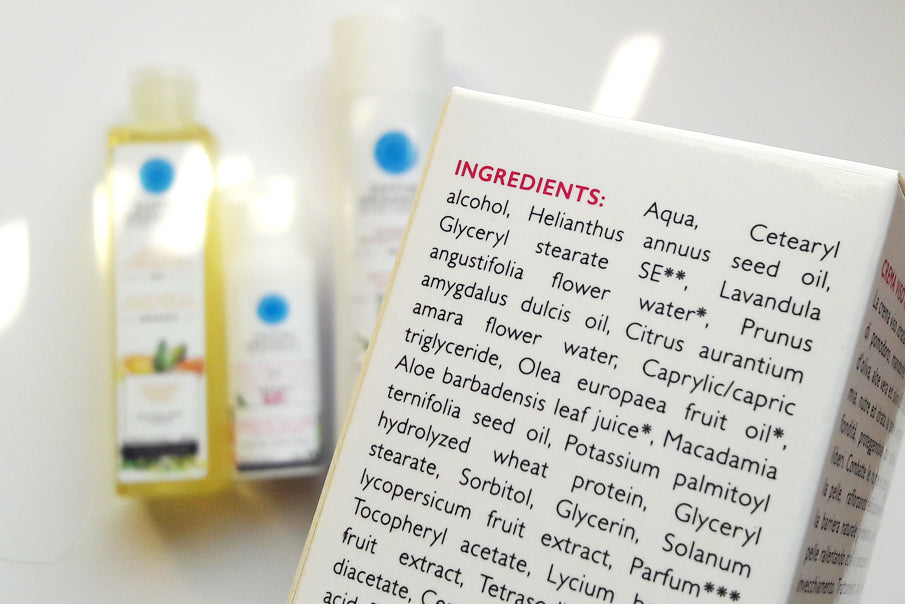
How to choose your cosmetics?
Share

HOW TO CHOOSE YOUR COSMETICS?
Thousands of products, a lot of marketing and compositions that are not clear ... We know that choosing cosmetics can be a puzzle!
In this new article, we give you some tips to select cosmetics that are suitable for you and that take care of your skin.
BE CAREFUL WITH THE COMPOSITION
Traditional cosmetics contain chemicals that improve the texture, smell, color or preservation of the product. That product that looks fabulous: it smells good, the texture is nice and it tells you that it leaves your skin radiant ... But BEWARE !! Keep in mind that it can also have a significant impact on your body, from a simple allergy to an alteration of the hormonal system.
How to avoid these harmful substances? For this we need to learn to read the labels, to orientate ourselves to the products with a good INCI. The Inci, International Nomenclature of Cosmetic Ingredients, identifies the ingredients present in a cosmetic product, which assures us whether the product has natural ingredients. How difficult it can be to navigate between these little scriptures and these barbaric names! Here are some keys to better understand what beauty products they contain.
First, the order of the ingredients defines the proportion of these in the product. If "Aqua" is the first ingredient on the list, then the product contains mainly water.
For products that respect your body and the environment, you should eliminate:
- PARABENS: ending with paraben
- SILICONES: ending with -cone, -one or -xane
- PEG - PPG: known as polyethyleneglycol or propylene
- SULPHATES or SLS: known as sodium lauryl sulfate or SLS
- PARAFFIN: known as paraffinum liquidum petrolatum mineral oil vaseline paraffin
- PHTALATES: only one is still allowed in Europe, dietyl phthalate
IMPORTANT TO KNOW the language and nomenclature of the ingredients. When we find the label that uses the Latin name of the ingredients, it means that they have not undergone chemical alteration. For example, for vegetable oils such as linseed oil, it is called Linum usitatissimum oil or the sweet almond oil is written prunus amygdalus dulcis oil on its labels.
Zaffiro Organica creates cosmetics WITHOUT toxic and chemical substance, to know more about the composition of our products, see here
THE BENEFITS OF ORGANIC AND NATURAL COSMETICS
Organic and natural cosmetics do not include or avoid the use of chemicals that traditional cosmetics use. They contain natural ingredients such as vegetable oils, essential oils or plant extracts. Using natural and organic cosmetic products helps limit the risk of allergies while respecting the hydration balance of the skin. In the long term, they make it possible to obtain the most beautiful, healthy skin, hair and body!
There is a difference to take into account between organic and natural products. Most natural cosmetics contain ingredients derived from nature. Organic cosmetics include natural ingredients from certified organic agriculture. Organic Zaffiro's beauty products are natural and organic, which means they contain mostly natural ingredients, most of which come from certified organic farming.
Do not be fooled! If it is in front of a green package, covered with fruit or with the mention "natural extracts of ...", it is not necessarily a natural or organic product. Follow the first advice, read the label!
TESTING YOUR COSMETICS
Even if organic and natural products contain non-toxic substances or less, you must remain vigilant. Organic and natural cosmetics include powerful active ingredients such as essential oils that are not suitable for everyone. To know if a cosmetic is right for you, apply a small amount of the product in the forearm cavity. If no redness, swelling or pimples appear in the next 24 hours, then the product is right for you!
